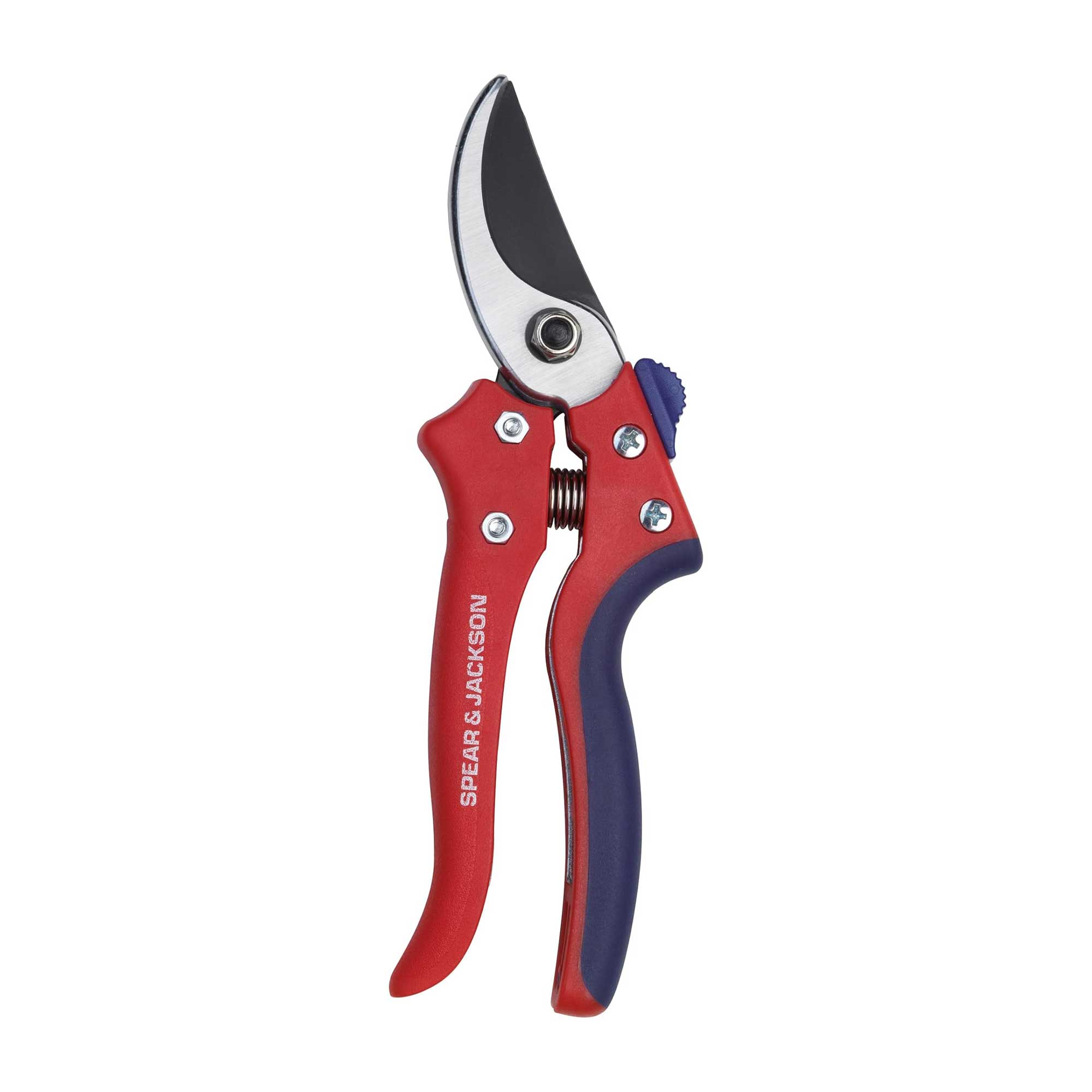July gardening jobs – 8 essential tasks to keep your plot looking its best this summer
Tick off these July gardening jobs for a gorgeous outdoor space – from pruning and tying in plants to pest control
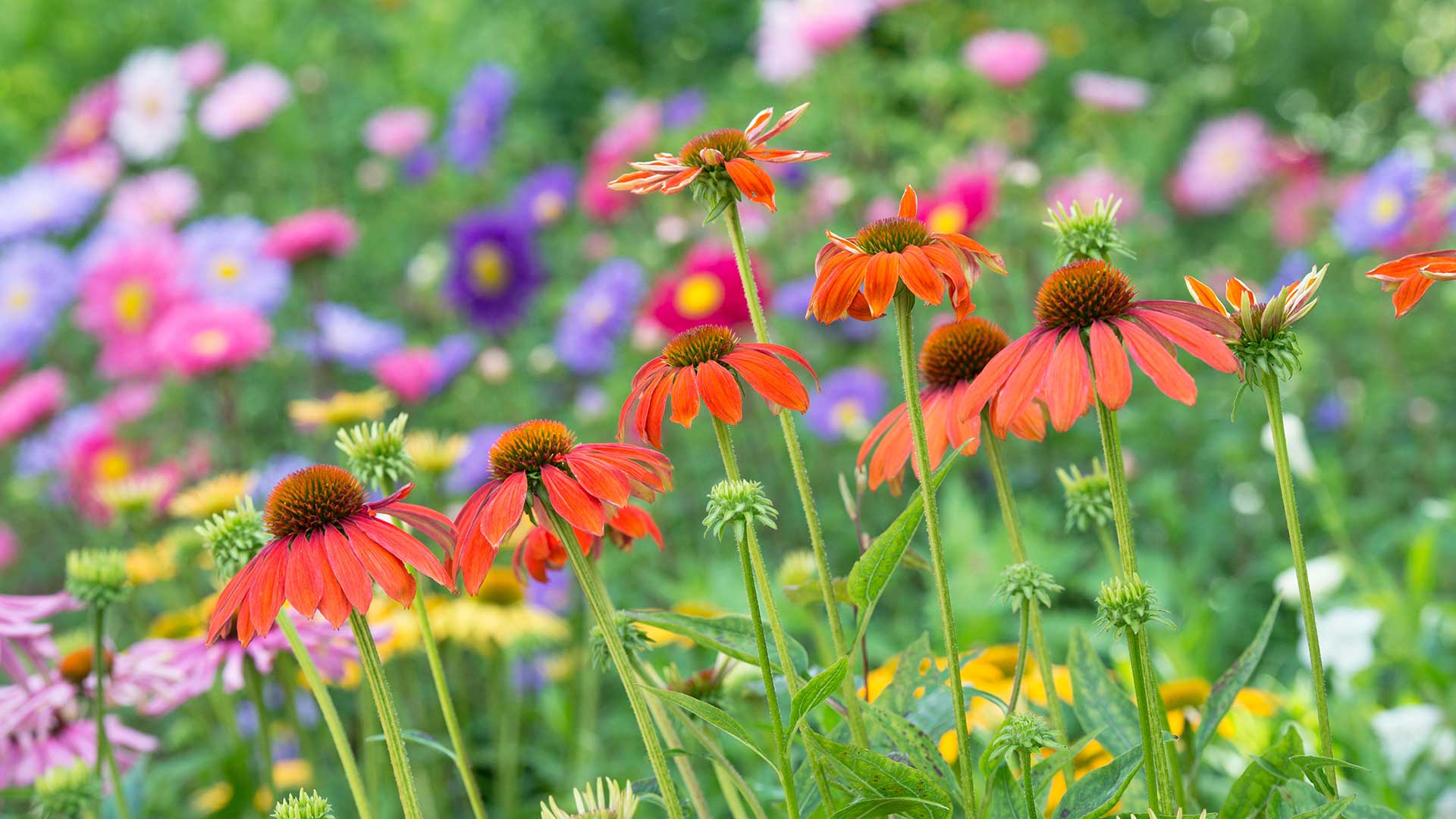

Wondering which July gardening jobs to get on with? This guide has you covered, from watering outdoor plants in hot weather to tending to advice on mulching.
In the midst of summer, your garden is likely to be full of life. But to keep your space looking its best and your plants thriving, there are some important tasks to tick off – especially if you're facing hot, dry spells.
Below, you'll find eight top tasks to keep green fingers busy throughout July, alongside plenty of expert advice. From tips on pruning certain plants to freshening up wooden fences and more, you're sure to find something useful in this mix to avoid making common summer gardening mistakes.
July gardening jobs to tick off this month
July is a wonderful time to make the most of our outdoor spaces and enjoy the warm weather. Balmy evenings can be spent alfresco, flowers are in abundance, and if you jumped on the grow-your-own-crops garden trend this year, your patch is probably in full swing.
While spending time relaxing and taking in the views is a must, tending to outdoor upkeep can also be a joy at this time of year, especially if you take a little-and-often approach.
Amongst other summer gardening jobs, these tasks are well worth a spot on your to-do list.
1. Get mulching
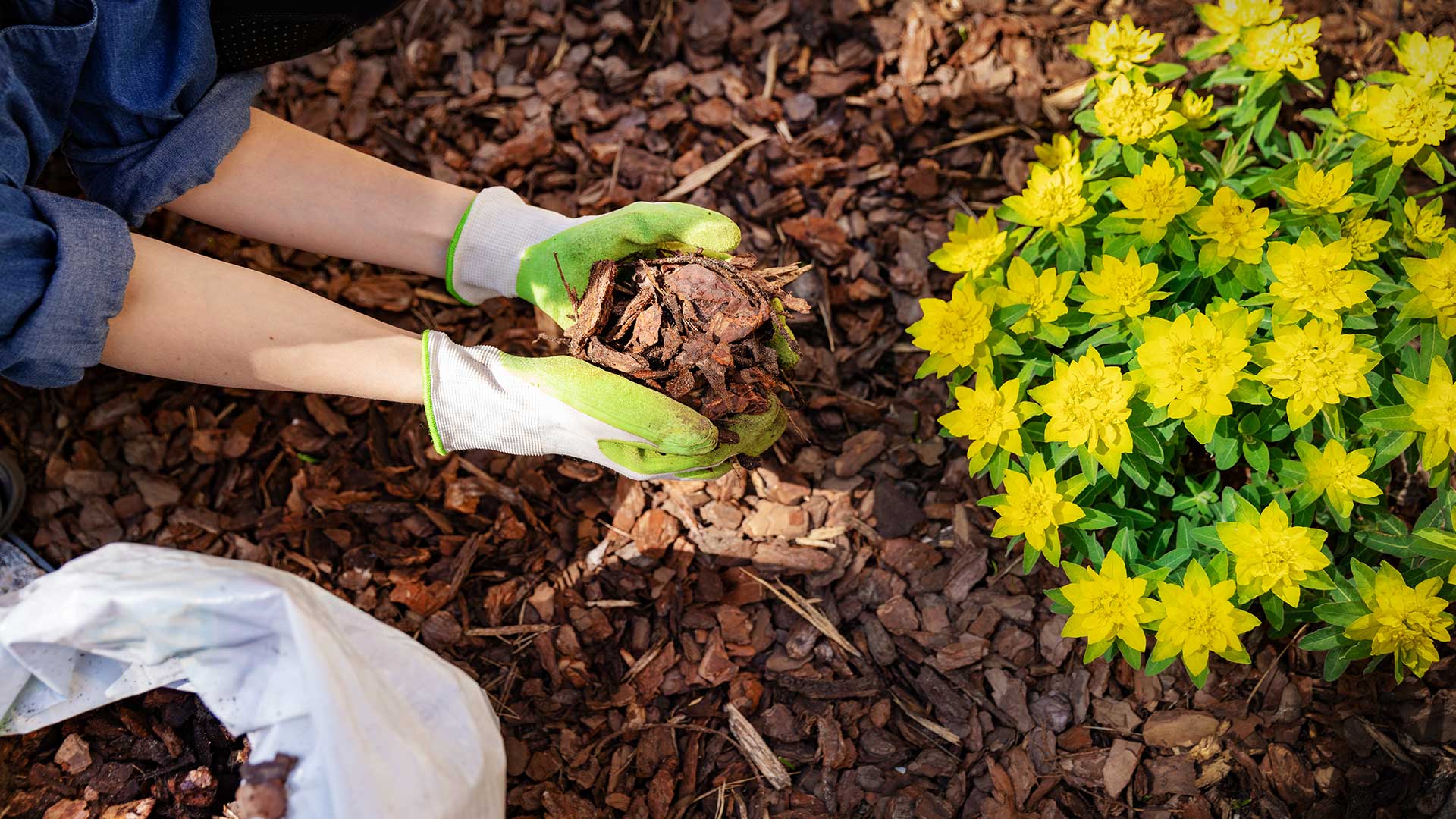
Mulching has multiple benefits for your garden
July is a great time to mulch your borders. As Dickon Harding, gardens and landscape manager at Raby Castle, says, "There’s never a bad time to apply mulch and here at Raby we like to avoid bare soil at all times. That said, one of the main benefits of mulch is to lock in the moisture; therefore, aim to apply after recent rainfall or following extensive irrigation."
Sign up to our free daily email for the latest royal and entertainment news, interesting opinion, expert advice on styling and beauty trends, and no-nonsense guides to the health and wellness questions you want answered.
Dickon recommends applying a layer that's at least 50mm thick – "this will help to suppress weeds and prevent erosion from the elements. Now and then we may prefer to encourage self-seeding of certain plants, so you may want to leave some bare patches for this," he adds.
If you make your own compost, you can use this for mulching your plants, which will also add valuable nutrients to the soil. Alternatively, you can often buy bags of wood chip mulch from garden centres, which looks attractive in flowerbeds. Whatever type of mulch you use, avoid piling it up around woody stems, as this can cause problems with rot.
Mulching is the one thing a professional gardener recommends before a hosepipe ban to keep plants healthy.

Dickon is the gardens and landscape manager at Raby Castle, Park and Gardens in County Durham. He is responsible for overseeing the operation of the newly remodelled 18th-century Walled Gardens and the role the five-acre space plays within the wider visitor attraction.
2. Fertilise plants to give them a boost
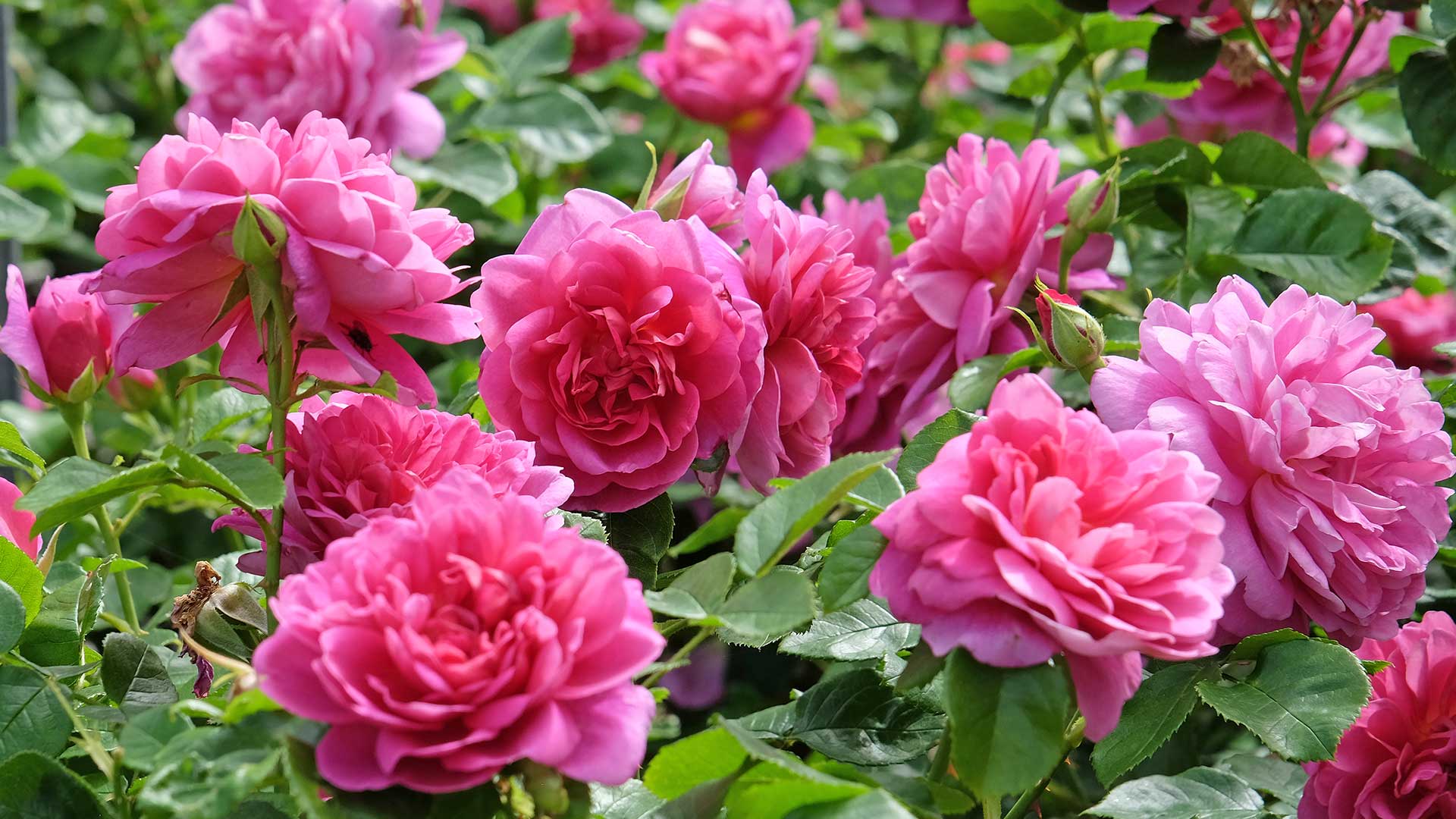
Feed plants to encourage better blooming and yields
Luke Newnes, a new-build gardening specialist from Hillarys, recommends feeding fruit and vegetable crops now. "July is a peak time for fruiting crops like tomatoes, courgettes, and strawberries."
Feeding weekly with a high-potash liquid fertiliser will help boost yields and improve flavour." He advises to always follow the instructions on the feed, and to water well after feeding to help nutrients reach the roots.
Roses, a classic cottage garden plant, can benefit from a nutrient boost, too. Gardening expert Sarah Raven recommends feeding them after the first flush of flowers, to encourage more. "Use a rose food, or straightforward, well-rotted farmyard manure," she says. Consider trying the professional-grade Rose Tonic available from her website.

Joining the Hillarys Interior Squad, Luke, also known as The Pink Gardener, is a new-build gardening specialist and content creator. With a talent for transforming outdoor spaces into stunning sanctuaries, he shares expert gardening tips and inspiration, encouraging others to embrace the beauty of nature. When he’s not crafting digital content, Luke works at a garden centre, where he continues to share his knowledge and enthusiasm for gardening and the outdoors.

Since the publication of her first book, The Cutting Garden, Sarah Raven has led the way in introducing a new kind of productive gardening. Sarah’s love of gardening extends to all areas, from growing cut flowers and delicious vegetables from seed to designing stunning gardens packed full of variety, colour, and scent. Her popular gardening podcast, grow, cook, eat, arrange is continually #1 in the Apple Home & Garden chart. She’s published 15 books and runs sarahraven.com, which serves over 900,000 customers.
3. Snip back some plants
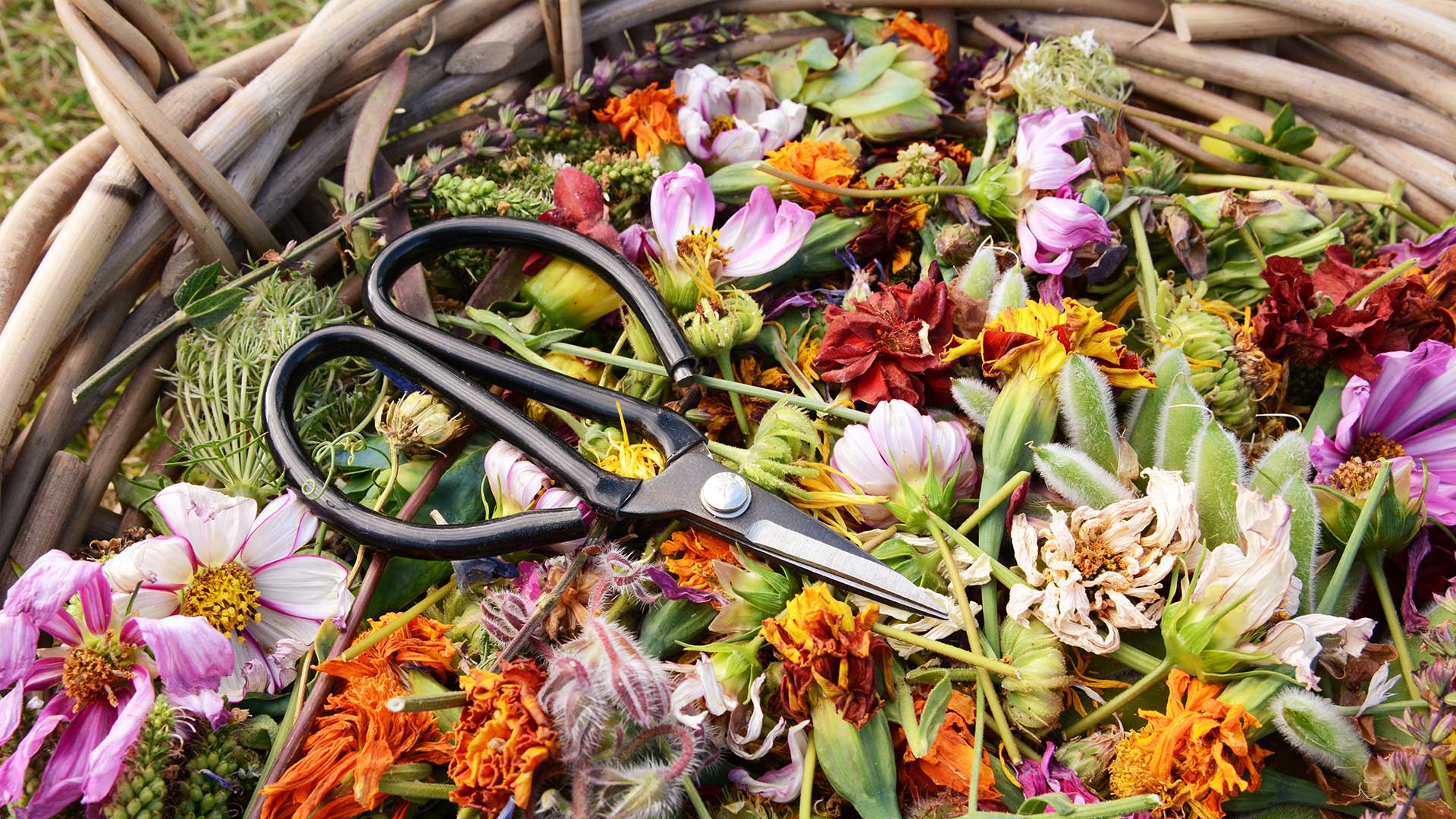
Remove faded flowers
While there are plenty of plants you should avoid pruning in summer, some plants can benefit from a trim this month.
For instance, Luke recommends lightly pruning summer-flowering shrubs, such as philadelphus and deutzia, once they've finished blooming. "Remove spent flower stems and cut back about a third of the oldest wood to ground level," he says. "This keeps the plant healthy, encourages new growth, and ensures a good display next summer."
Deadheading spent flowers from many other plants is also a task to tick off. Jane Fairlie, technical development manager at Doff Portland, says this will keep your garden looking its best and encourage repeat blooming. Paul Hicks from Stihl GB says, “How often to deadhead your plants in July depends on the type of plant, but as a rule of thumb, deadhead perennials once a week, and every few days for summer bedding plants – try to remove fading flowers as soon as they start to look tired and untidy.”
You can also use your secateurs to "pinch out" certain plants. Sarah recommends doing this to flowering annuals, such as zinnias, antirrhinums, cleomes, cosmos, and sunflowers, as well as pot plants such as fuchsias. The process is simple – remove the tip of the main flowering shoots to encourage them to bush out, she instructs.
4. Tie in plants that need it
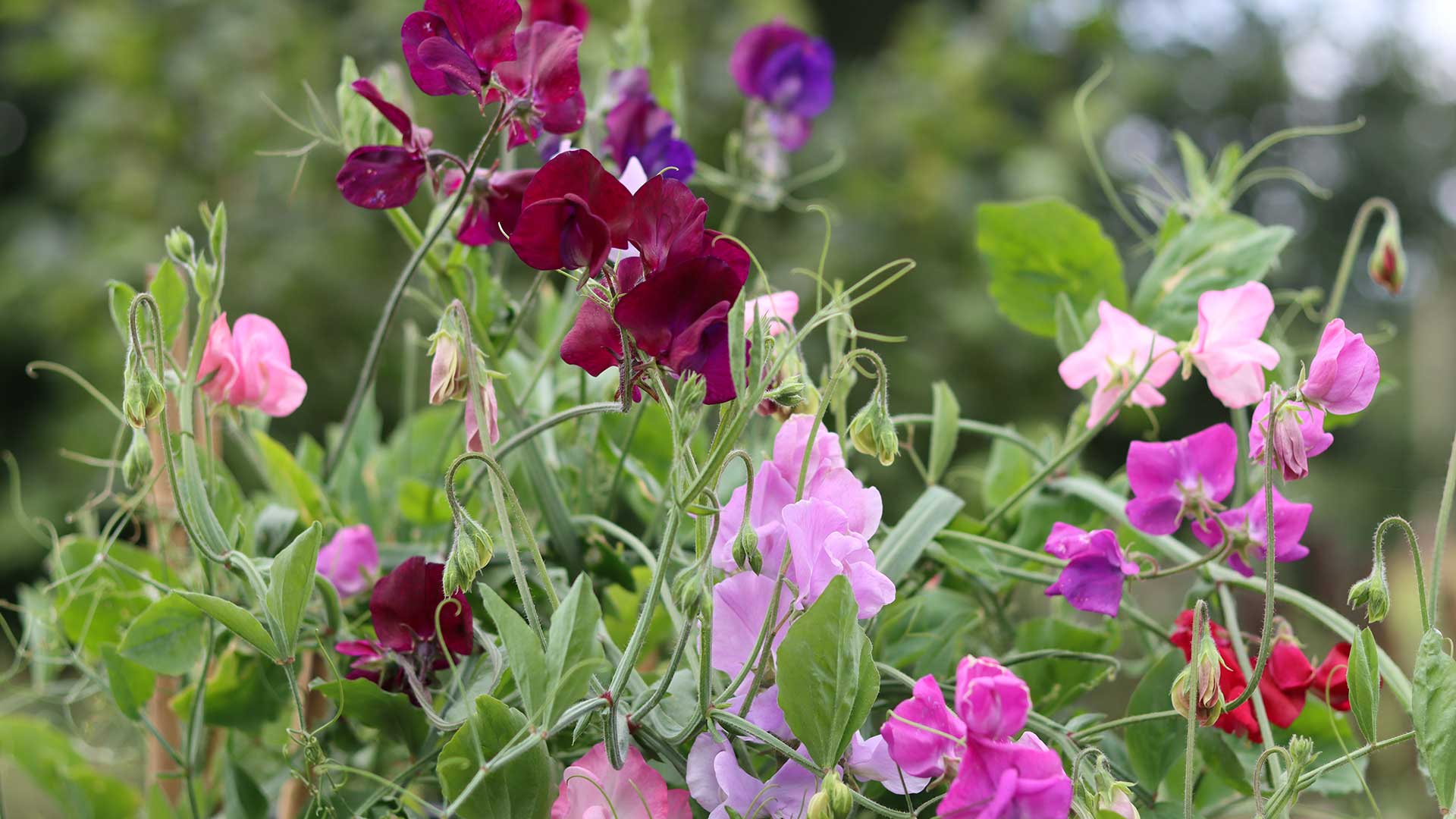
Sweet peas will need regular tying in to sturdy supports
You may need to support some plants as they grow. Dickon says, "As we are continually deadheading within our beautiful Walled Gardens, we take the opportunity to tie in our roses back to the Historic Georgian walls. We select choice growth to keep and cut out anything that may cause overcrowding or is not heading where we’d like.
"We also grow a tremendous amount of sweet peas, which grow at a rate of knots – keep cutting off spent flowers and tying in fresh growth vertically – we have beautiful iron obelisks to provide the structure," he adds.
Other plants may need tying in too, such as heavy-bloomed perennials or indeterminate tomatoes. Avoid tying ties too tightly to prevent damaging them. Long-lasting soft ties are available from Agriframes, or you could use simple garden twine.
5. Set up a watering system for easy maintenance
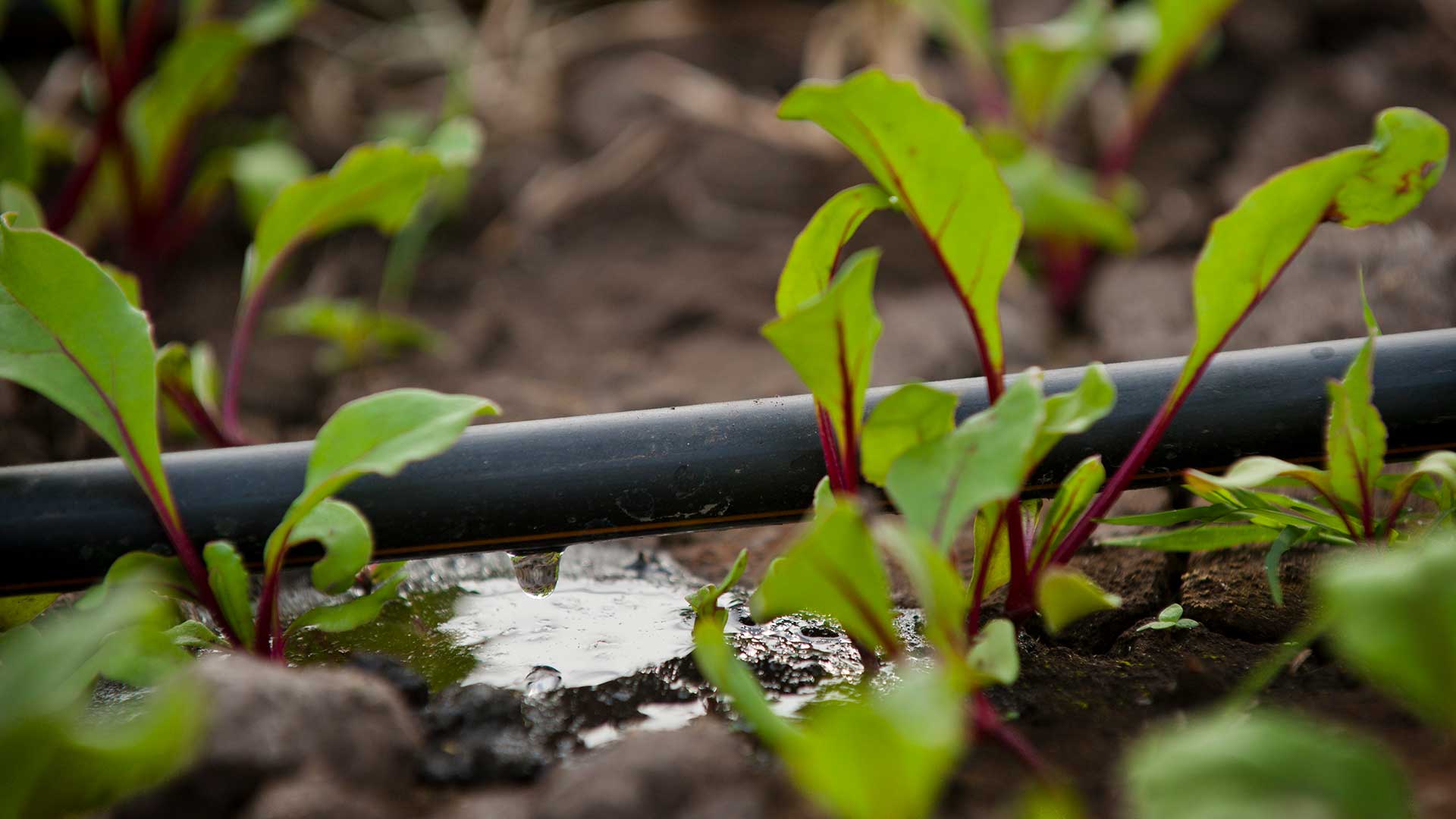
Irrigation systems will save you time, especially in the height of summer
Watering garden plants properly is crucial all throughout the summer months, as the weather tends to be hotter and drier. If you're short on time for garden tasks or looking to keep your garden healthy while on holiday, you may want to seek some form of watering system to do the hard work for you.
“Setting up an automatic watering system now is a smart move," says Alina Gordon of Hozelock. She recommends the Hozelock 25 Pot Watering Kit (which is available from Amazon), highlighting how it makes it easy to water pots on a set schedule, removing the need to rely on friends or neighbours. "Water is delivered directly to the roots, which supports healthy growth and reduces waste," she adds.
Whether you're watering by hand or with a system, the time of day can make a difference. As Jane points out, watering in the early morning or evening reduces evaporation and helps moisture reach the roots. This is a key consideration when watering the lawn in hot weather.
6. Keep an eye out for slugs and snails

Hostas are vulnerable to hungry snails
All that leafy growth in your July garden can be a magnet for slugs and snails, which can wreak havoc seemingly overnight. They particularly like damp weather, so if a summer rain is forecasted, keep a close eye on your hostas, lettuces, and other susceptible plants.
There are plenty of natural ways to protect your garden from slugs and snails and their notorious nibbling. Barriers, such as copper tape wrapped around plant pots or a layer of crushed eggshells, are worth a try – or you could simply hand-pick them from plants after dark, wearing a pair of gardening gloves. Attracting birds that eat slugs to your garden can also help.
7. Spruce up fences and decks
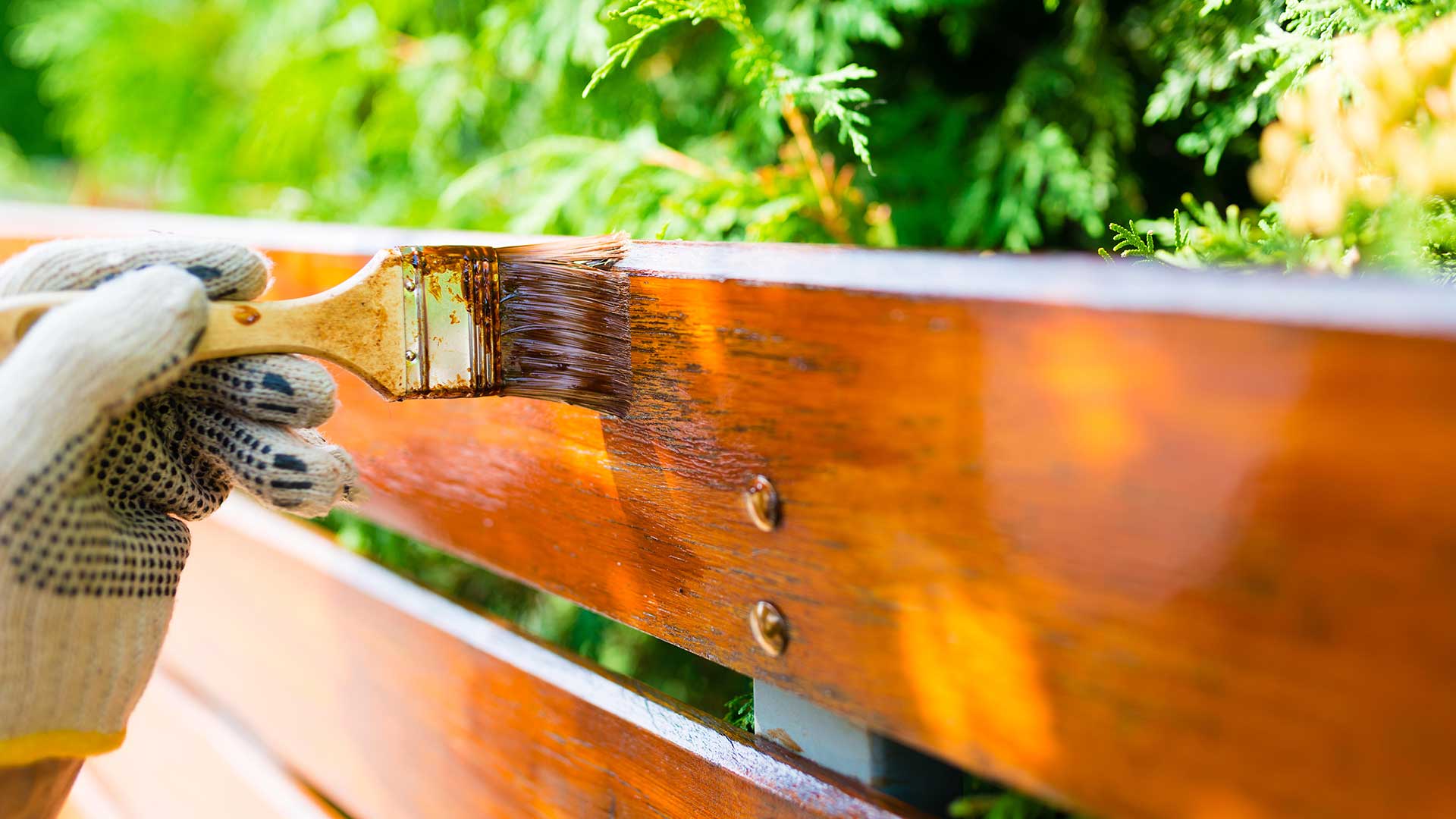
A fresh coat of paint or stain can transform a wooden fence
Warm, dry days are prime for sprucing up your outdoor seating area, and this can include cleaning your decking if you have one.
Ronseal’s resident fence and DIY expert, Jimmy Englezos, says, "To get your decking looking brand new, opt for a decking stripper, which will remove any existing stains, paints and oils. If you want to give your decking some TLC and remove lighter dirt or algae spots, then Ronseal Decking Cleaner and Reviver [available from Amazon] is the best option." Whichever product you choose, remember to follow the instructions on the label closely.
If your wooden fence is looking a little worse for wear, this month could also be a good time to give it a new lick of paint. Just remember to check the weather forecast, first. "Your fence needs to be completely dry before painting, so choose a dry day to ensure the wood absorbs the paint," says Jimmy. However, don’t paint when it’s too hot, he adds, as the paint might flake off.
"Cleaning your fence before painting helps ensure an even finish. If the fence is covered in dirt or mould, use a diluted general-purpose cleaner to remove it, or a stiff wire brush for lighter dirt," Jimmy continues. And remember to remove any old, flaky paint – he suggests doing so by using a power sander or sandpaper.

Jimmy regularly provides insights and guidance on how to properly prepare wood for treatment, as well as handy tips and hints for general woodcare projects. Ronseal offers a range of durable and hard-working garden and home woodcare products, as well as products to help in other areas from the home.
8. Don't forget your houseplants
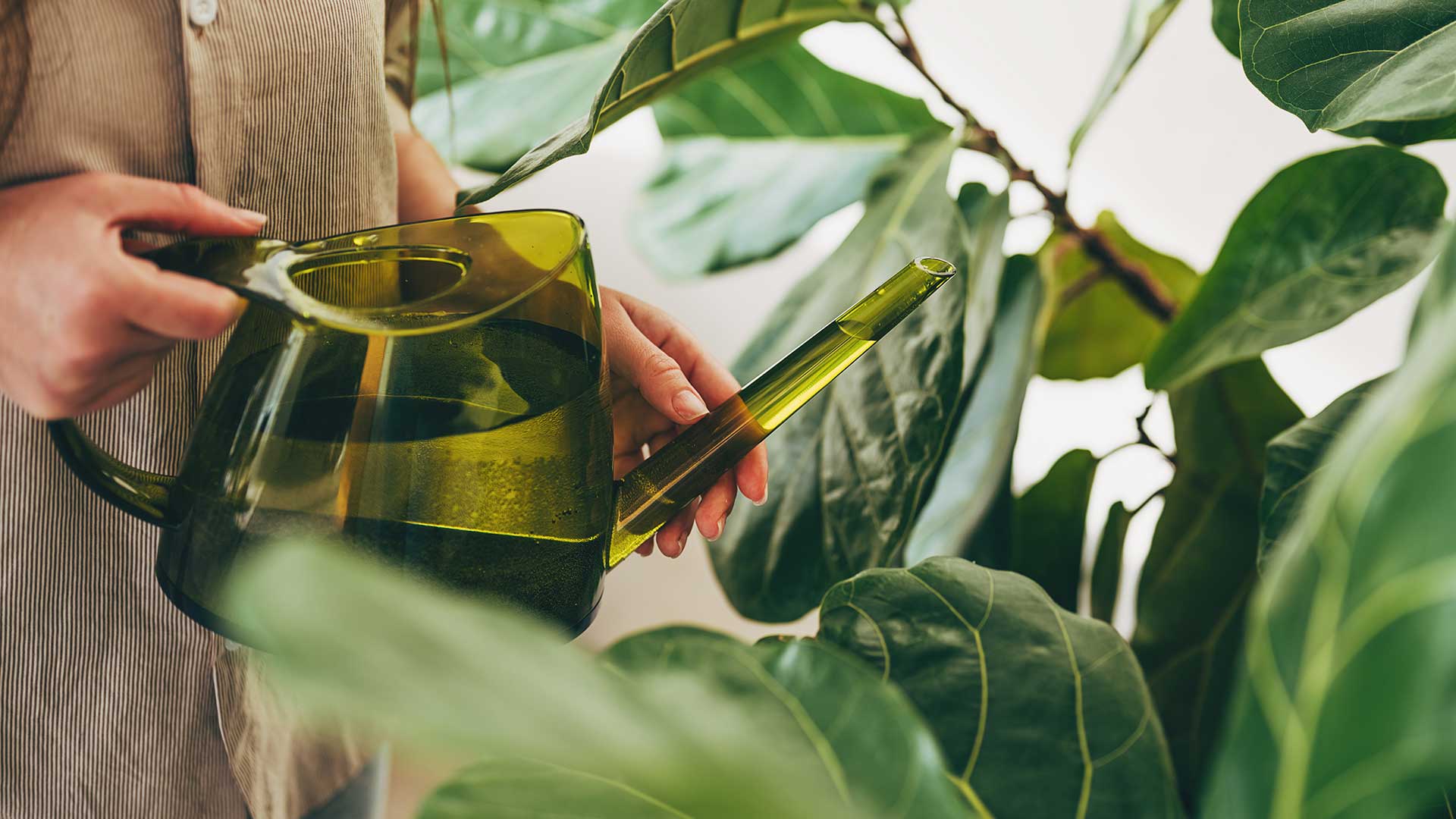
Remember to keep watering your houseplants when needed
While there's plenty to be getting on with in the garden, it's important not to overlook indoor plant care, too, as they can become stressed during heatwaves.
There are a number of things you can do to keep them happy and healthy. Connor Towning, lead horticultural expert at Beards & Daisies, recommends shifting them into indirect light or shaded zones to prevent scorching. "If the compost feels dry an inch down, give it a good soak until water drains from the pot base," he adds.
And if you want to give them a feed, he advises doing so in the early morning or evening with a diluted houseplant fertiliser, letting plants absorb nutrients before the heat kicks in.
Upping the humidity around your plants can also help keep them healthy. “Group humidity-loving plants together, use pebble trays, or lightly mist them in the morning. It protects against crisp leaf edges," Connor says.

With five years of experience in the plant industry, Connor Towning plays an essential role as lead horticulturist at Beards & Daisies. His passion for plant science drives him to collaborate closely with growers, ensuring the best varieties and latest trending plants are selected. His hands-on approach guarantees that every plant meets the highest quality standards before reaching your home.
FAQs
What can you plant in July?
Garden centres are full of blooming beauties at this time of year, which is great news if you want to give your garden some extra flower power. Emma Fell, head of horticulture at Hillier Garden Centres , says, "Summer is the perfect time to fill your garden with bright, vibrant colour. Choosing plants that thrive in warm weather and offer long-lasting blooms can make a big difference in how your garden looks and feels throughout the season." Her top picks include salvias, echinacea, and gazania.
“Salvia adds a splash of bold colour with its tall flower spikes in blues, purples and reds," she says. "It does well in full sun and well-drained soil and can cope with both dry spells and the occasional summer shower. It’s also great for attracting bees and butterflies, so it helps bring your garden to life beyond just looks.”
Echinacea is also a good plant for pollinators. Plus, Emma points out how the seed heads attract birds later in the season. It's a tough, sun-loving perennial with striking, daisy-like flowers in shades of purple, pink, white and orange, and it keeps blooming right through late summer, she says.
“Gazania is ideal for sunny, sheltered spots and brings bold, daisy-like flowers in bright yellows, oranges and reds," Emma adds. "It’s drought-tolerant, so it’s a great pick for places that get warm but don’t stay wet for long."
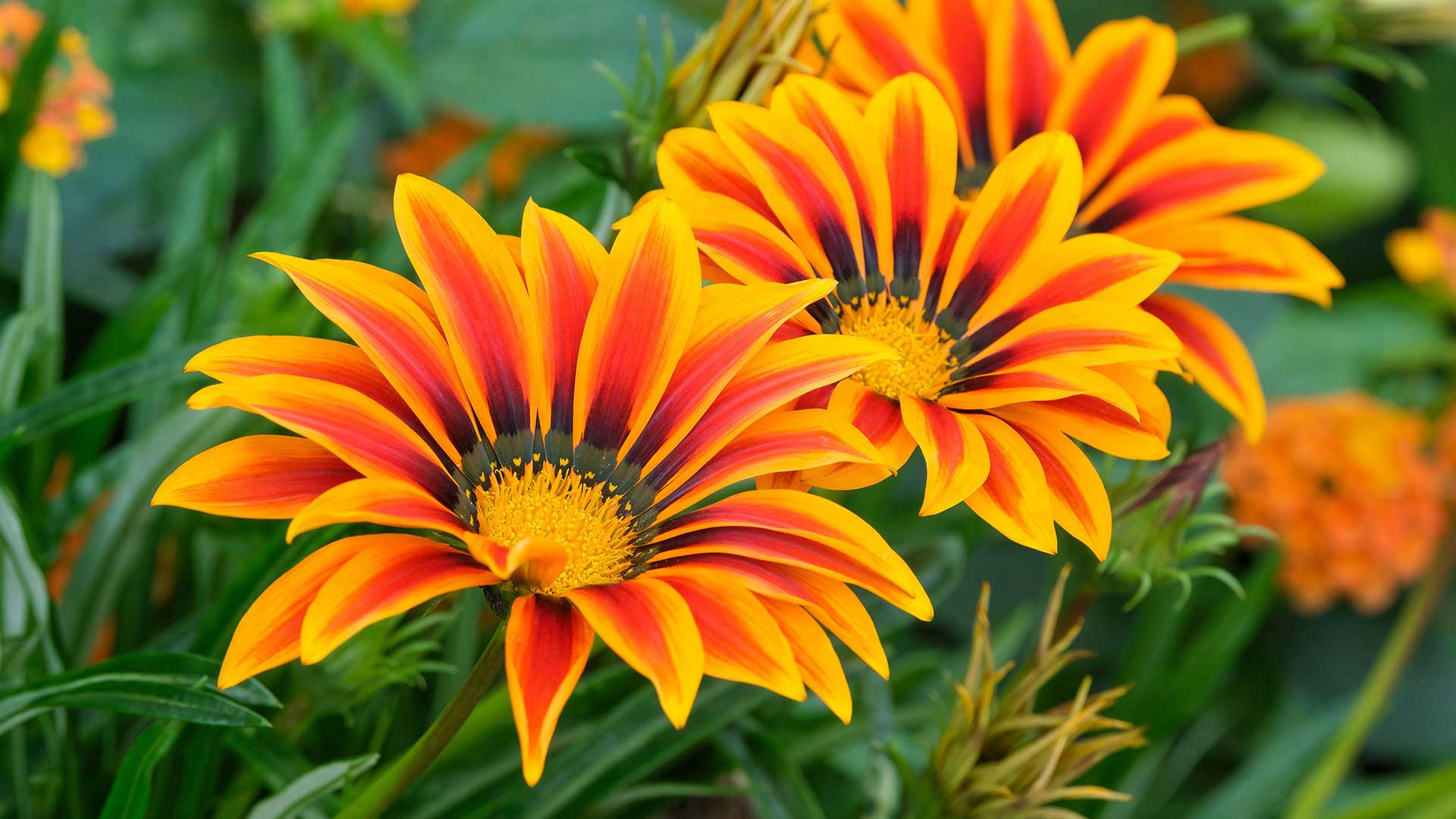
Gazania adds vibrancy to pots and flowerbeds
Should you fertilise a lawn in July?
"Often our lawns can start to look tired in July," says Dickon. "There are some good granular feeds available now that are not so harsh as to scorch the grass. We always make sure to water well afterwards, though; this will help to mobilise the nutrients and reduce any burning that the nitrogen may cause."
Want to mow your lawn alongside ticking off your list of July gardening jobs? You may want to reconsider during spells of hot weather. Peter Chaloner, managing director of Cobra, notes how longer grass blades provide shade, reducing moisture loss from the soil – "so hold off on mowing and allow the grass to grow taller than usual.
"When you do resume mowing, set the blades to their highest level to keep the grass from being cut too short, which could exacerbate moisture loss," he adds.
You can find more summer lawn care tips in our dedicated guide.
Completing at least some of the July gardening jobs above is well worth the effort – plus, it's a great excuse to get out and enjoy the sunshine. And when the time comes to rest and admire all your hard work, our guide on how to keep cool in the garden may come in handy.

The garden was always a big part of Holly's life growing up, as was the surrounding New Forest where she lived. Her appreciation for the great outdoors has only grown since then; she's been an allotment keeper, a professional gardener, and a botanical illustrator. Over three years ago, Holly started writing about plants and outdoor living full-time, first for Gardeningetc.com and now for popular lifestyle titles such as Homes & Gardens.
